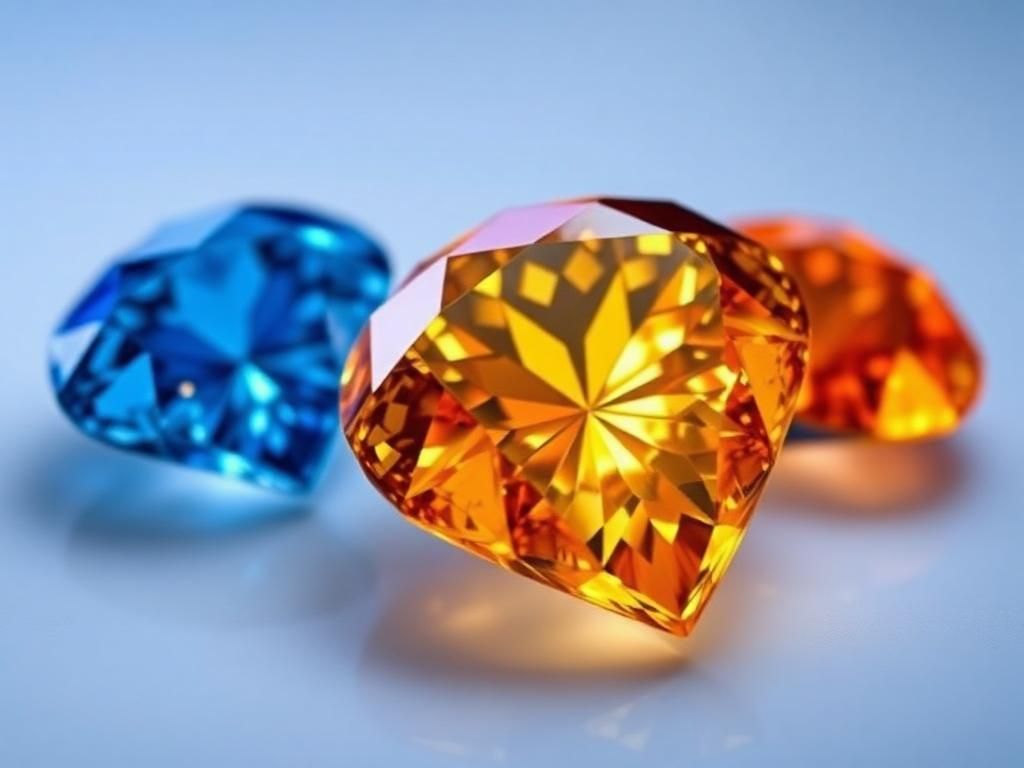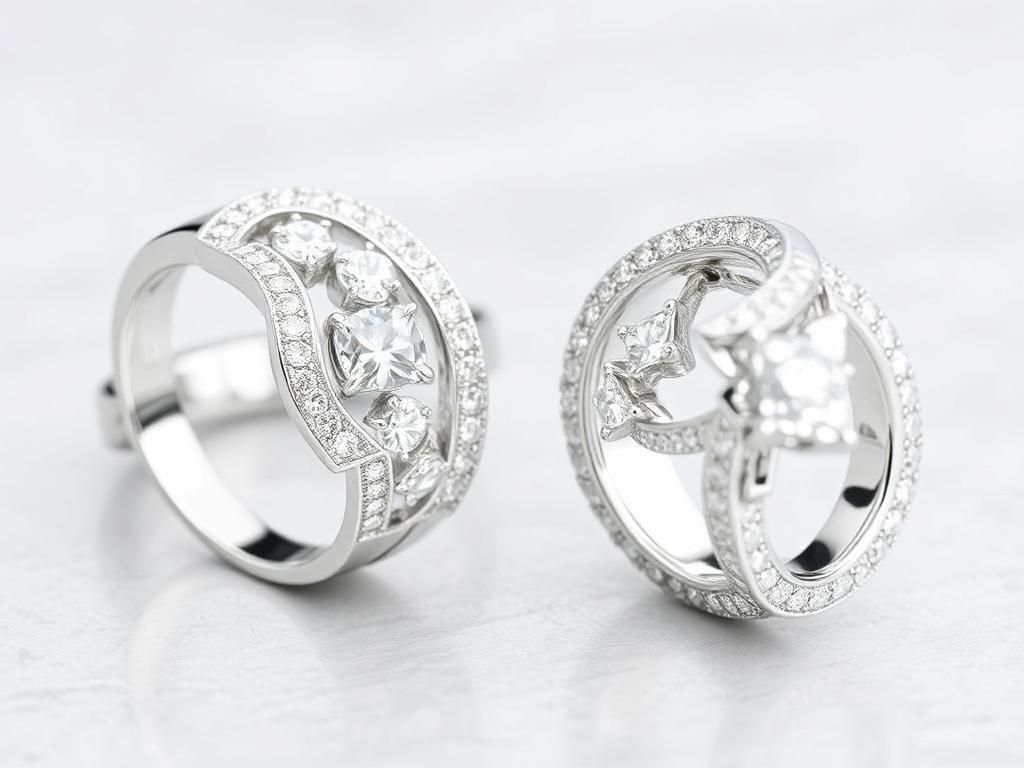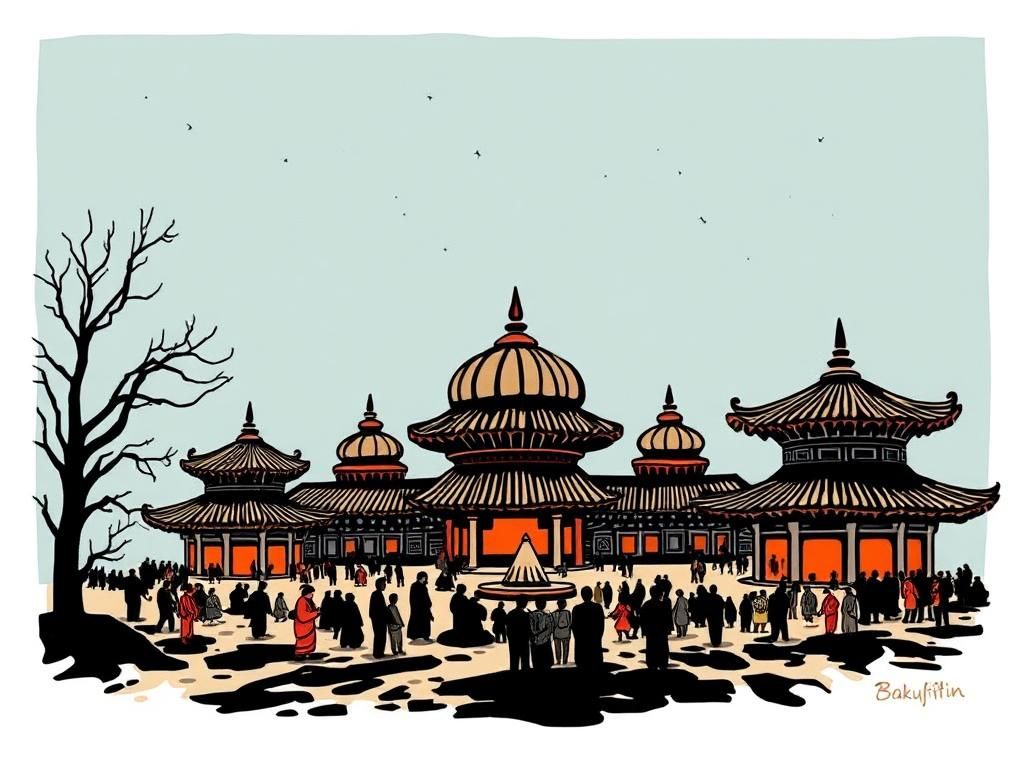Diamonds are not just precious stones; they are a mesmerizing blend of geology, art, and rarity that captures the imagination of collectors and enthusiasts alike. When discussing diamonds, one of the most captivating aspects is their color. Each diamond is unique, with color playing a pivotal role in its beauty, value, and desirability. The rarest diamond colors not only add a stunning aesthetic to any piece of jewelry but also significantly enhance its worth and significance in the market.
Understanding the grading of diamond color is essential for anyone interested in acquiring these treasures. Color grading helps categorize diamonds based on their hue, tone, and saturation, thus determining their market value. The rarity of certain colors makes them particularly sought after, prompting passionate discussions among gem enthusiasts and collectors.
Color Spectrum of Diamonds
The GIA Color Grading Scale
Diamonds are graded by the Gemological Institute of America (GIA) on a scale that ranges from D (colorless) to Z (light yellow or brown). This grading system is crucial as it helps in assessing the color quality of each diamond. A colorless diamond receiving a grade of D is considered the most valuable, while stones graded further down the scale exhibit varying degrees of color. Notably, the perception of color can vary between individuals, influenced by lighting and surrounding elements, which adds a layer of subjectivity to the grading process.
Beyond the Standard Color Scale
While the GIA scale accounts for colorless to light yellow hues, it does not encompass the vibrant spectrum of “fancy” color diamonds. Fancy color diamonds come in a wide array of colors, including pink, blue, green, and yellow. Their grading depends on three key factors: hue (the actual color), tone (lightness or darkness), and saturation (the intensity of the color). The unique beauty of these fancy color diamonds often leads to an even higher valuation than colorless diamonds, making them a fascinating category for collectors.
Rare Diamond Colors
Red Diamonds
Among the rarest diamond colors is red, which is virtually nonexistent and highly coveted. The infamous Moussaieff Red Diamond, weighing 5.11 carats, is one of the few known red diamonds. Red diamonds exhibit an extraordinary deep, captivating hue, making them not only beautiful but also incredibly valuable. With their rarity and uniqueness, they can command prices soaring into millions.
Blue Diamonds
Blue diamonds are renowned for their striking beauty and rarity. The presence of boron during their formation gives these diamonds their distinctive hue. One of the most famous blue diamonds, the Hope Diamond, boasts a deep blue color that has fascinated gem enthusiasts for centuries. Another notable example is the Blue Moon Diamond, which sold for a staggering $48.4 million in 2015. Blue diamonds are considered highly desirable in the market, especially when they possess intense color saturation.
Green Diamonds
Green diamonds present an intriguing dichotomy between natural and artificial color. Natural green diamonds typically obtain their color through natural radiation occurring in the earth. The Dresden Green Diamond, an exquisite natural green diamond boasting a vivid hue, is a significant example with a rich history and value. The rarity of this diamond’s natural occurrence amplifies its appeal and price on the collectors’ market.
Pink Diamonds
Pink diamonds offer a breathtaking array of colors, ranging from soft pastels to vibrant hues. The Argyle Mine in Australia was the primary source for these stunning stones, producing some of the world’s most captivating pink diamonds before its closure in 2020. The market for pink diamonds has seen a dramatic increase in prices, with investors recognizing their potential for appreciation, making them an attractive option for collectors seeking profitable investments.
Purple Diamonds
Purple diamonds are exceptionally rare, characterized by a rich, regal hue that is often mesmerizing. The color can result from a mixture of brown and pink hues, with a precise grading process that deeply influences their valuation. Notable purple diamonds, like the “Purple Orchid,” have captivated collectors and established a niche market for these unique gemstones. Their allure lies not only in their rarity but also in their aesthetic appeal, enhancing their value significantly.
Yellow and Canary Diamonds
Yellow diamonds are popular, but the term “canary diamond” refers specifically to diamonds of a more vivid yellow hue. The distinction between standard yellow and canary diamonds lies in their saturation level, with canary diamonds exhibiting a bright, lively color that can be perceived as more desirable. The rarest shades of yellow, especially those that shine brightly like a canary, hold a special place in the market, drawing attention from collectors and investors alike.
Factors Influencing Diamond Color Rarity
Geographic Origin
The geographic origin of diamonds can significantly impact their color. For instance, diamonds mined from the Indian mines were historically known for their unique colors, including blue and pink variants. In contrast, the Argyle Mine in Australia gained fame for producing an abundance of the world’s finest pink diamonds. Understanding how location contributes to diamond coloration can be fundamental for collectors and investors when assessing the potential value of their stones.
Geological Processes
Natural processes such as inclusions, radiation, and environmental factors contribute profoundly to the formation of diamond colors. The unique geological conditions under which diamonds are formed can give rise to stunning and rare colors. For example, exposure to radiation can create green diamonds, while the presence of boron may produce blue diamonds. These natural phenomena play an essential role in enhancing the allure and value of the world’s rarest diamond colors.
The Market for Rare Diamonds
Investment Potential
Due to their scarcity and increasing demand, rare colored diamonds have become an exciting investment avenue. Collectors covet these rarest diamond colors for personal collections. Simultaneously, investors recognize their potential for long-term appreciation. With the demand for unique and high-quality colored diamonds rising, owning one of these exceptional stones can enhance the diversification of an investment portfolio.
Auction Highlights
Major auctions have showcased some of the rarest colored diamonds, drawing collectors and investors from around the globe. Record-setting sales of pieces like the Pink Star Diamond, which sold for $71.2 million in 2017, emphasize the high stakes and demand for these exceptional gems. Such transactions not only influence the market but also validate the incredible value attributed to rare colored diamonds, strengthening their position in the global jewelry market.
Caring for Rare Colored Diamonds
Maintenance and Cleaning
To sustain the brilliance and color of rare diamonds, proper cleaning and maintenance are essential. Regularly cleaning diamonds with a gentle solution of warm water and mild soap can remove dirt and grime. However, for more thorough cleaning, seeking professional services is advised, ensuring that each diamond retains its exquisite color and luster. Caring for these rarest diamond colors goes beyond appearance; it helps maintain their value.
Certificate and Appraisal
Acquiring a diamond certification from reputable grading institutions like the GIA or AGS (American Gem Society) can authenticate the rarity and value of a colored diamond. Appraisals not only confirm the stone’s quality but also provide insight into its investment potential. For collectors and investors, having verified and documented information about their diamonds contributes to peace of mind and can significantly impact future market sales.
FAQ Section
What are the rarest diamond colors?
The rarest diamond colors include red, blue, green, pink, and purple diamonds, each with unique characteristics that contribute to their rarity and value.
How is diamond color graded?
Diamonds are graded on a scale from D (colorless) to Z (light yellow/brown) by institutions like the GIA, with fancy color diamonds graded based on hue, tone, and saturation.
Why do blue diamonds have their color?
Blue diamonds derive their color from the presence of boron during formation, which gives them the distinctive hue that collectors seek.
Are pink diamonds a good investment?
Yes, pink diamonds have shown significant appreciation in value and are considered strong investments, especially due to their declining availability from sources like the Argyle Mine.
What distinguishes canary diamonds from regular yellow diamonds?
Canary diamonds are a vivid shade of yellow, typically more saturated than standard yellow diamonds, making them more desirable and valuable.
What should I do if my colored diamond gets dirty?
You can clean your diamond at home with mild soap and warm water, but for thorough cleaning, consider professional services to maintain its brilliance.
How can I ensure my diamond is authentic?
Obtaining certification from reputable grading institutions like the GIA can confirm the diamond’s authenticity, including its rarity and value.
Are there special care instructions for colored diamonds?
Yes, colored diamonds require regular cleaning and should be handled with care to prevent scratching. Professional cleaning is recommended to maintain their unique color and brilliance.
What factors influence the market value of rare diamonds?
Factors such as color rarity, size, geographic origin, and current market trends influence the value of rare colored diamonds significantly.
What are some notable auction results for colored diamonds?
Record sales such as the Pink Star Diamond for $71.2 million highlight the high demand and value associated with the rarest diamond colors.
Summary Table of Rarest Diamond Colors
| Diamond Color | Rarity Level | Notable Diamonds | Market Value |
|---|---|---|---|
| Red Diamonds | Extremely Rare | Moussaieff Red Diamond | Millions |
| Blue Diamonds | Rare | Hope Diamond | Up to $200 million |
| Green Diamonds | Rare | Dresden Green Diamond | Millions |
| Pink Diamonds | Rare | Argyle Pink Diamond | Up to $71 million |
| Purple Diamonds | Rare | Purple Orchid Diamond | Millions |
| Canary Diamonds | Less Common | Canary Yellow Diamond | Several million |


